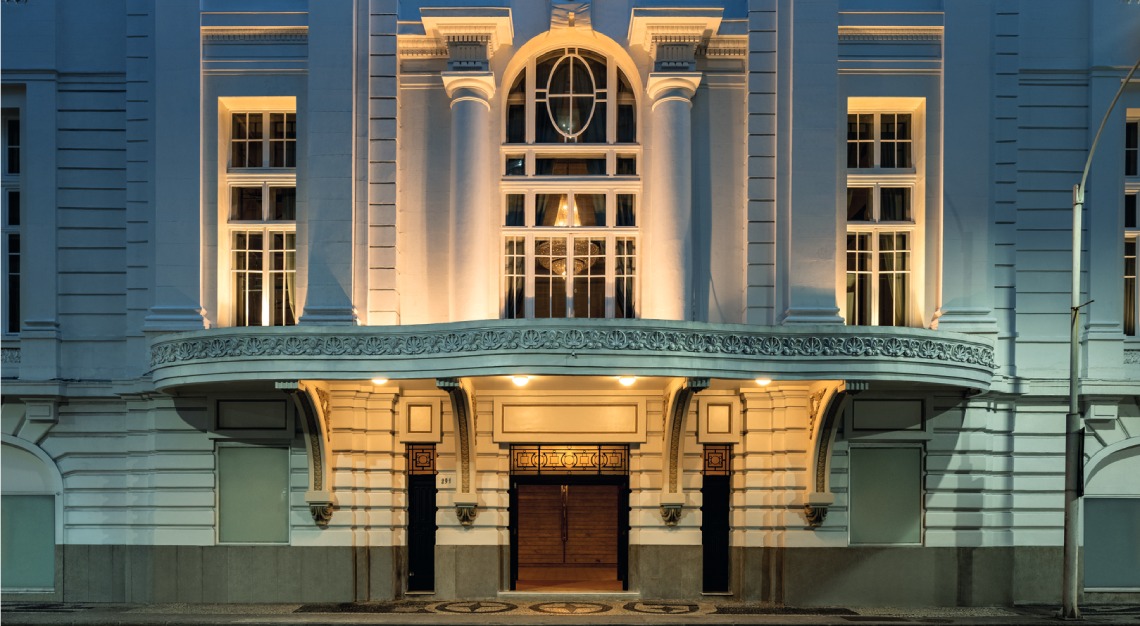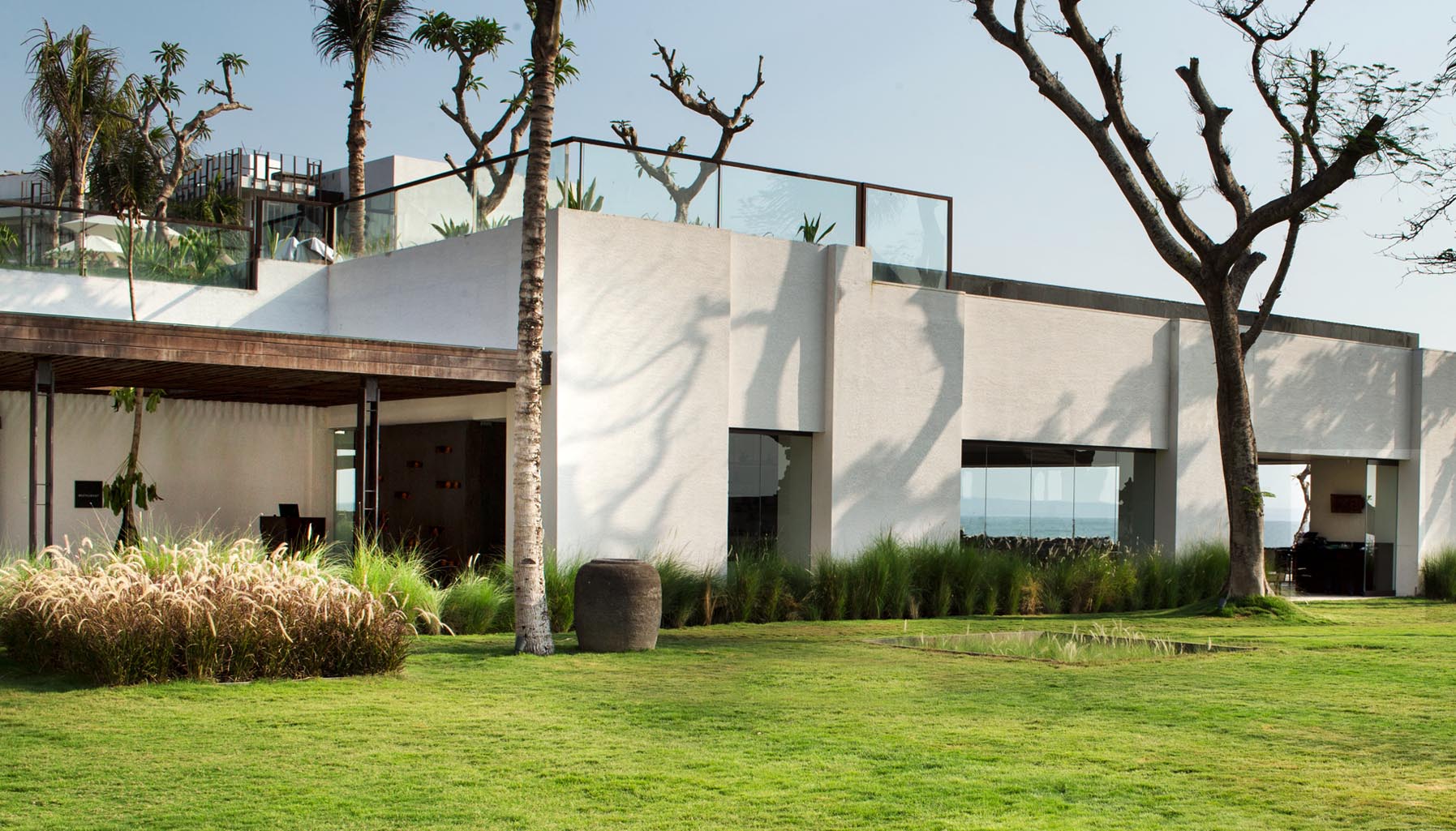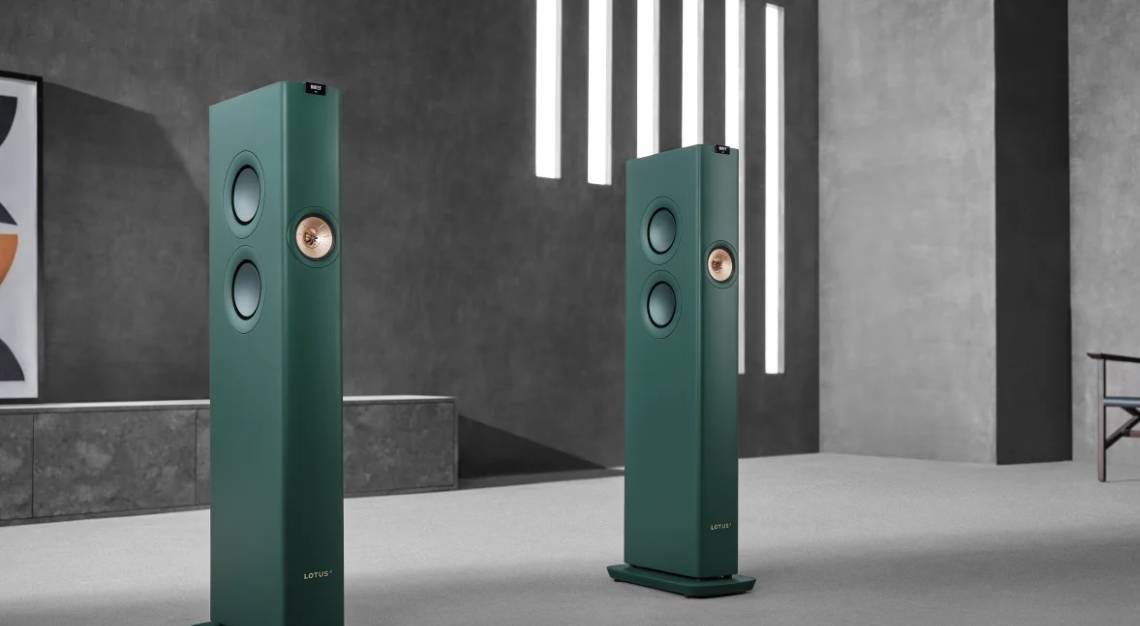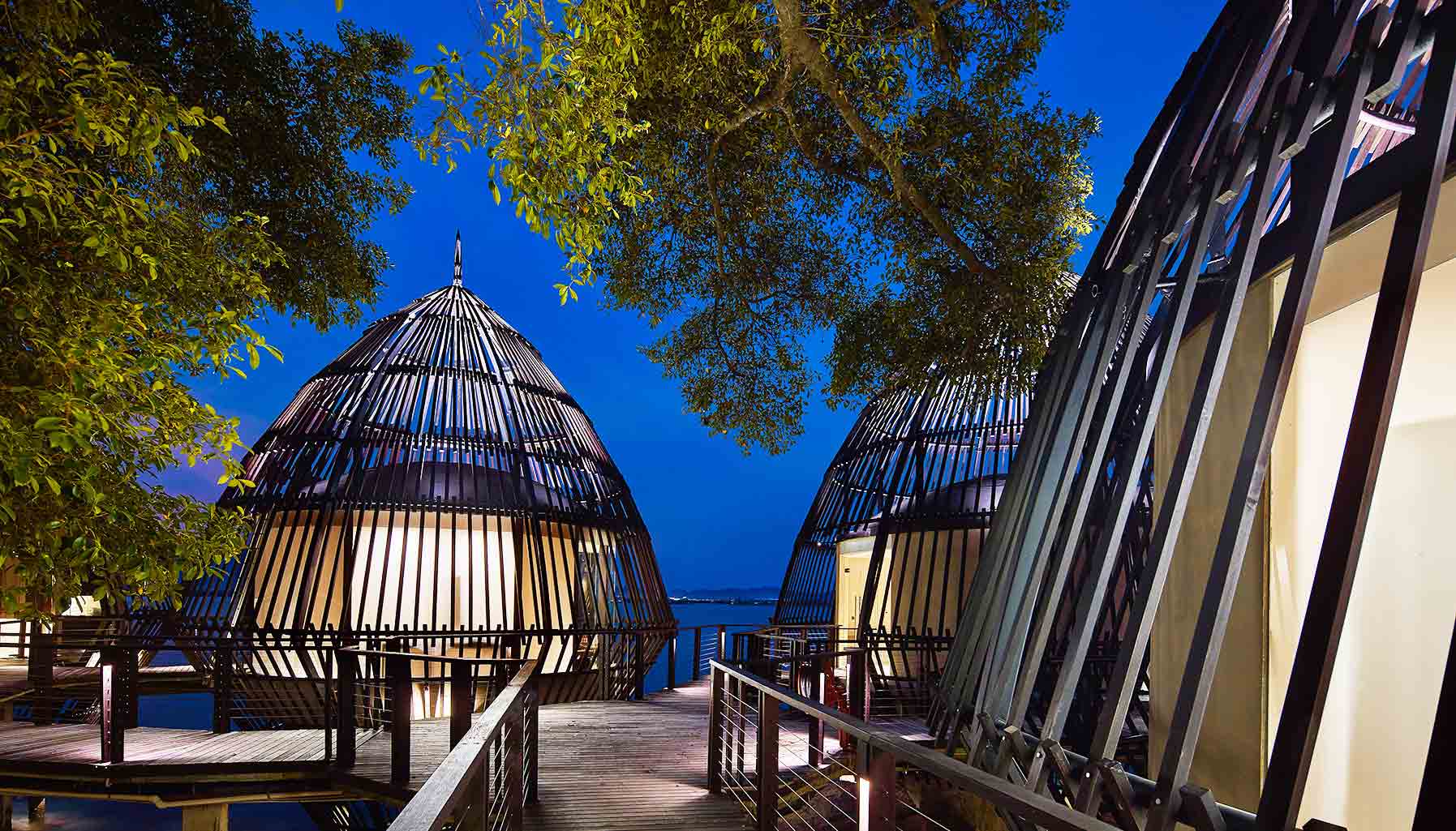Spearheaded by renowned Brazilian architect Ivan Rezende, the project was completed in time to celebrate the centennial of the Copacabana Palace, now operated by Belmond
For nearly three decades, the Copacabana Palace Theatre did not live up to its name—neither as a palace, nor as a theatre. Opened in 1949, it was once the epicentre of culture in Rio de Janeiro and the theatre of choice for some of Brazil’s most important productions in the 1950s. Since the curtains closed after its last production in 1994, the theatre has been a shadow of its former self.
But not anymore. Following a two-year restoration carried out by a team of 600 craftspeople spanning 18 different disciplines, the theatre has raised those curtains again, and it’s looking very much like the grand dame of its glory days. Spearheaded by renowned Brazilian architect Ivan Rezende, the project was completed in time to celebrate the centennial of the Copacabana Palace, now operated by Belmond.
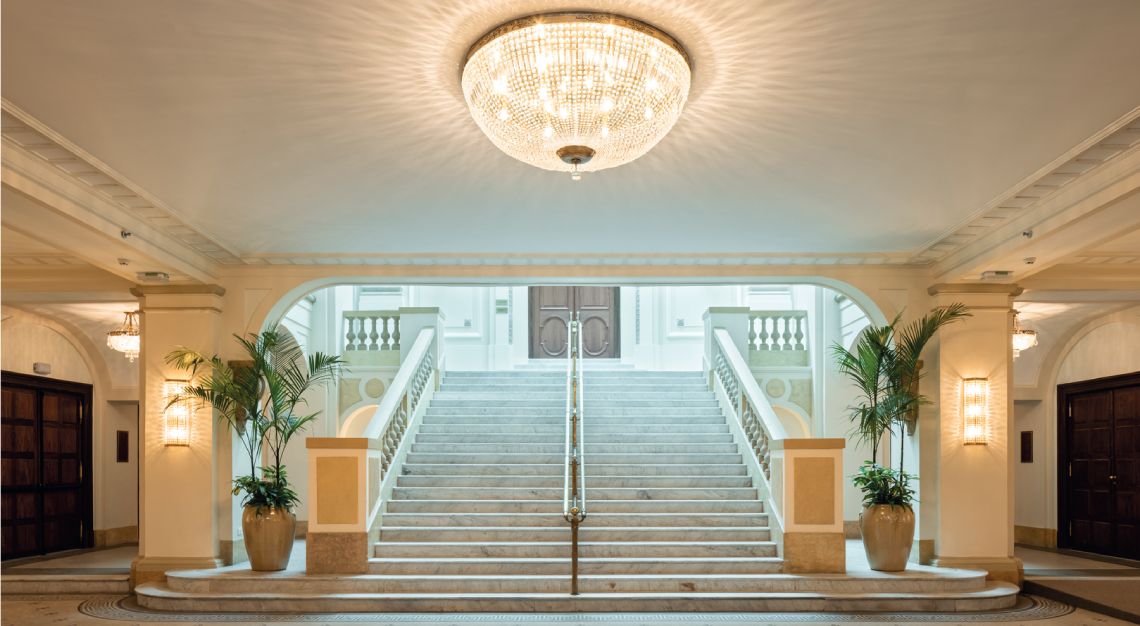
For what’s now known as the Copacabana Palace, A Belmond Hotel, efforts were made to infuse the hotel’s identity into the interior design, while simultaneously respecting the theatre’s status as a listed heritage building. Brazilian stone and Brazilian pau ferro wood were used to give the space a sense of place. Sconces in white and green quartz designed by Rezende and lighting specialist Monica Lobo match the velvet theatre seats, which were coloured a very specific shade of emerald with a custom-made dye. The green colour, decorative floral and rope elements, as well as the handcrafted carvings in wood, all hark back to the venue’s original features.
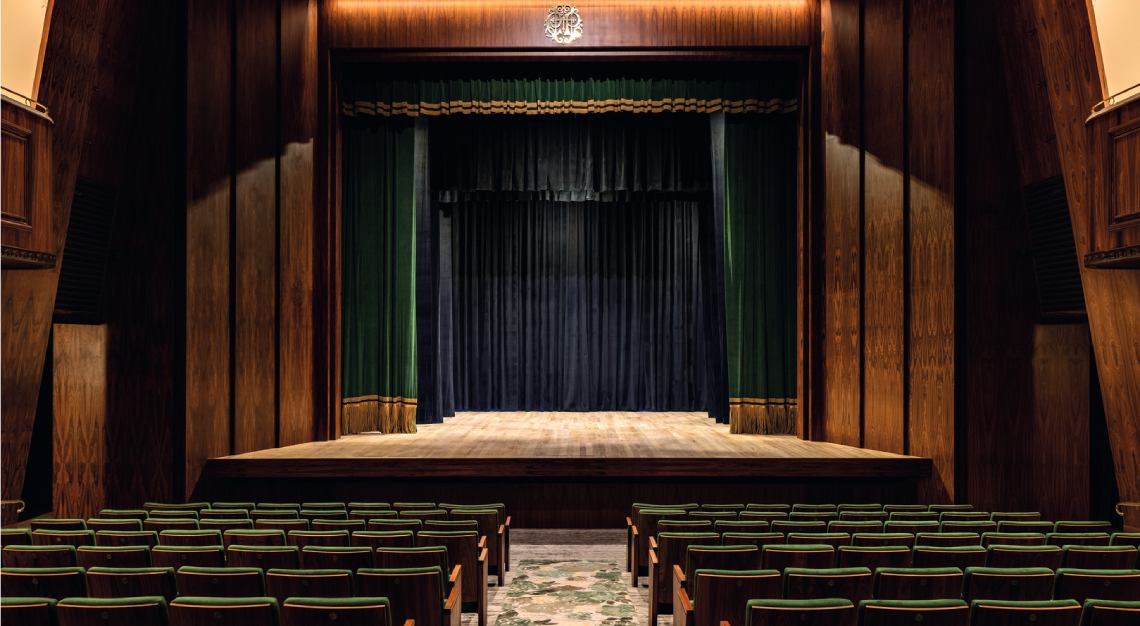
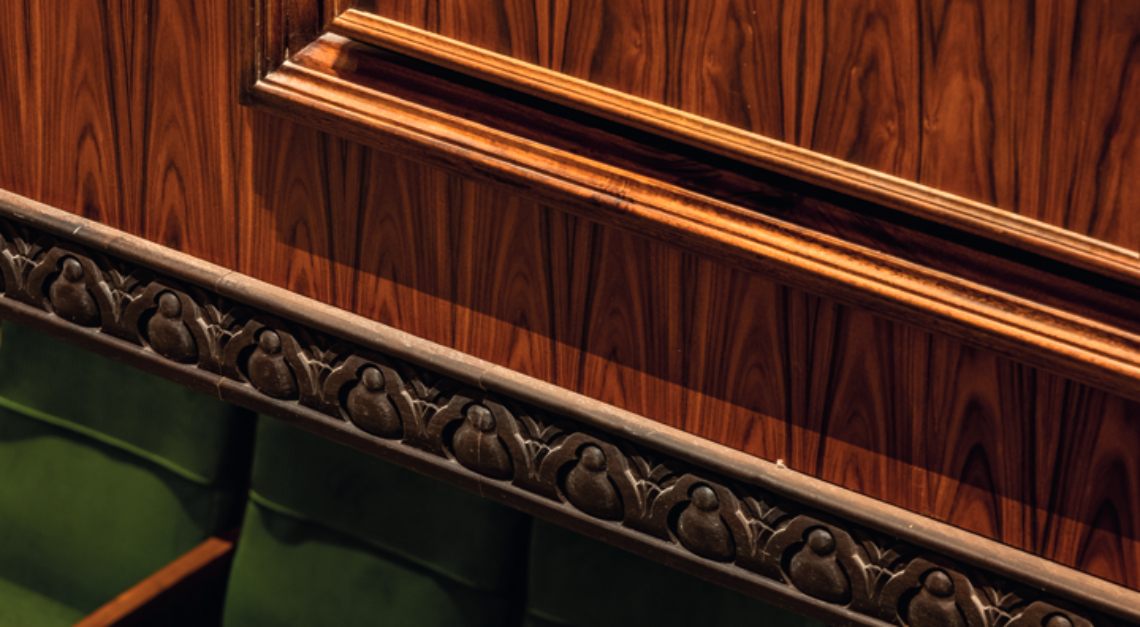
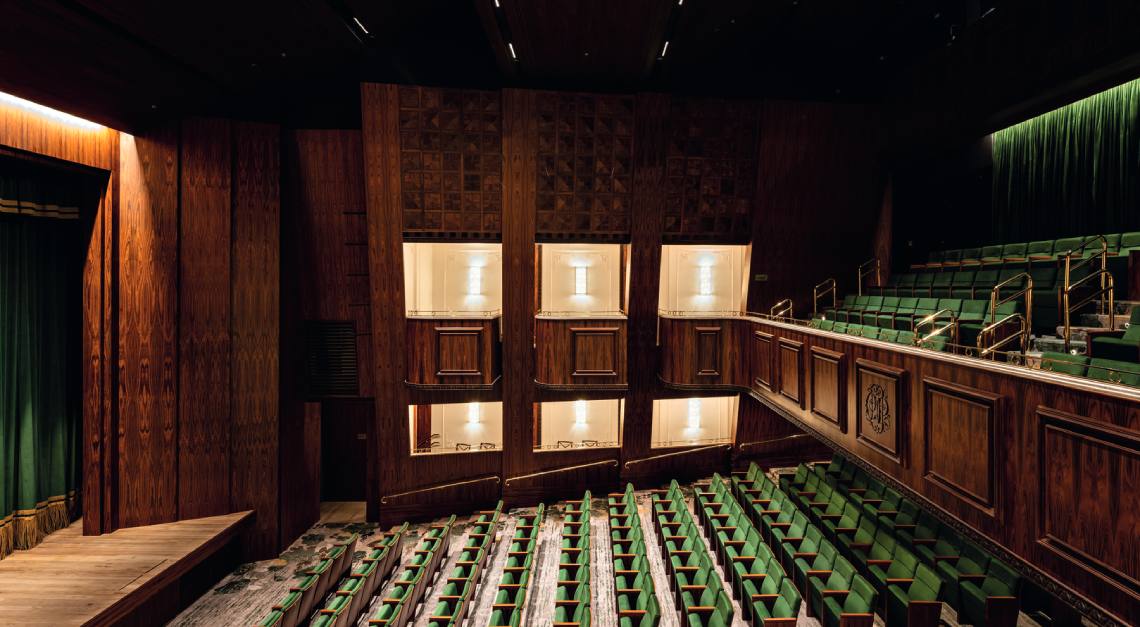
Although its aesthetics were inspired by the past, the theatre’s functionality has definitely been brought into the 21st century. Now with a capacity of 332, audience seating has been enhanced by the addition of four boxes on the lower level and six at balcony level. Mobility and accessibility have also been carefully considered; an elevator provides accessibility for wheelchair users up to the stage, while reserved seats have been built for people with disabilities and reduced mobility. The proscenium, now extended to 8.03 metres wide by 6.50 metres high, offers a better viewing experience. A state-of-the-art audiovisual system guarantees perfect acoustics and lighting.
Now given a second lease of life, the Copacabana Palace Theatre is losing no time jumping straight back into the cultural scene of Rio. 2023 will see an exciting lineup of performances held as a part of the centennial celebrations for the palace. This includes art installations under the Mitico project, an artist series held in partnership with international contemporary art gallery, Galleria Continua.
